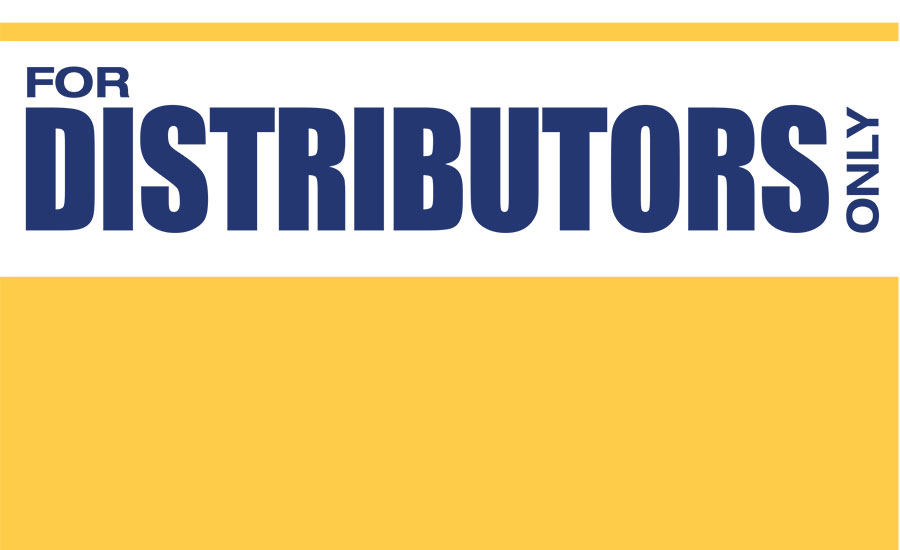The oil and gas industry, otherwise known as the energy extraction and processes industries, is by far the most talked about by vendors at the NSC. And they are talking about investments in safety on a global scale. You see oil and gas gloves, boots, uniforms, headgear, etc. and promotional signage and photography up and down the expo’s 50+ aisles.
The action in oil and gas is trickling down to other industries, such as metal fabrication and various types of heavy manufacturing. Cities in the Rust Belt, such as Youngstown, Ohio, are seeing increased demand for all sorts of fabricated products, such as drilling platforms, drill bits, chains, slip-resistant flooring, transport vehicles and welding equipment.
PPE vendors are segmenting vertical industries on a global scale, not just domestically in the U.S. This reflects technology innovations that allow for customized PPE for the different verticals. Vendors say safety pros have told them in focus groups and on sales call that they increasingly want PPE tailored to their work environments.
Professional societies are aligning membership groups along vertical industry lines, as well. The construction industry is the most famous safety vertical market, though new construction has yet to fully rebound from the Great Recession. Automotive sales have also been slow to recover. But newer industries such as life sciences, healthcare, and power generation are filling the breach. And globally, PPE sales are strong across many industries in the BRICS countries – Brazil, Russia, India, China and South Africa.




